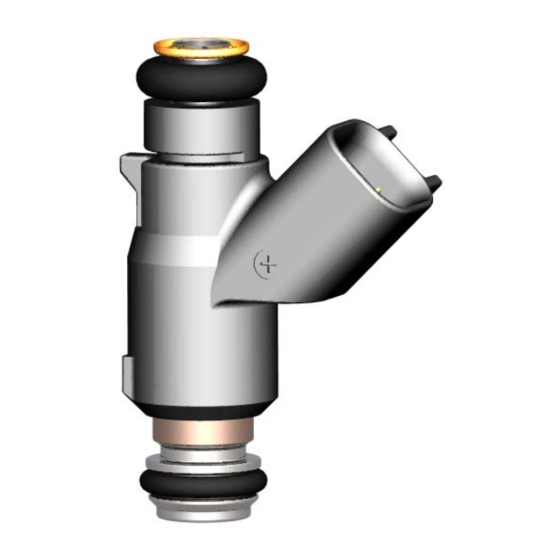
Delphi Multec 3.5 Fuel Injector Manuals
Manuals and User Guides for Delphi Multec 3.5 Fuel Injector. We have 1 Delphi Multec 3.5 Fuel Injector manual available for free PDF download: Applications Manual
Delphi Multec 3.5 Applications Manual (178 pages)
Top Feed Fuel Injector
Brand: Delphi
|
Category: Laboratory Equipment
|
Size: 4 MB
Table of Contents
-
-
Hyperlinks15
-
-
General17
-
-
-
-
-
Scope45
-
-
Dimensions47
-
Mass49
-
Seal Rings51
-
-
Tip Leakage78
-
Noise82
-
-
-
General85
-
Seal Rings92
-
-
Wire Routing93
-
Controller98
-
-
5 0 Software
101-
General101
-
-
Diagnostics117
-
-
-
-
Temperature133
-
Durability134
-
-
-
-
Crank Vs. Leak144
-
-
General147
-
Validation Tests147
-
-
Temperature149
-
Life Cycling149
-
Over-Voltage151
-
Injector Noise152
-
Verification152
-
-
10 0 Appendix
155 -
11 0 Index
173
Advertisement
Advertisement
